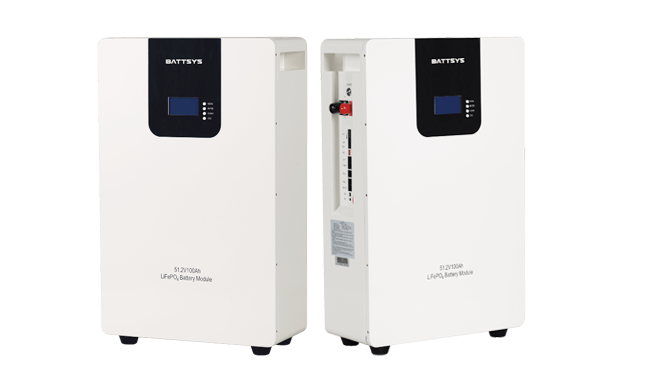
In Germany, photovoltaic modules can be seen on the roofs and exterior walls of buildings, whether in cities or villages. In the basement of this building, there is usually a refrigerator sized device - storing battery energy at home.
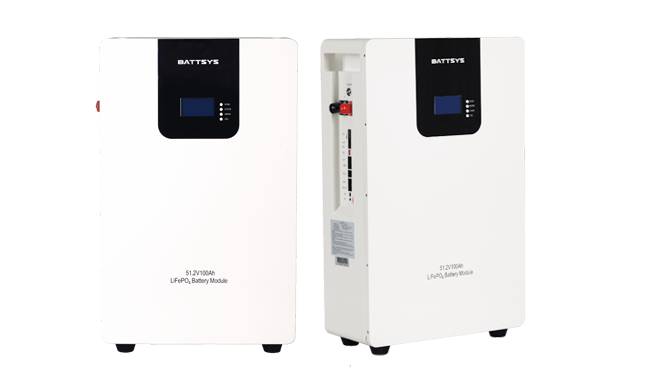
Relying solely on solar energy, many households can easily cover 50% or more of their electricity requirements. By using timers or "smart" controls, these percentages can even increase to 75% or more,
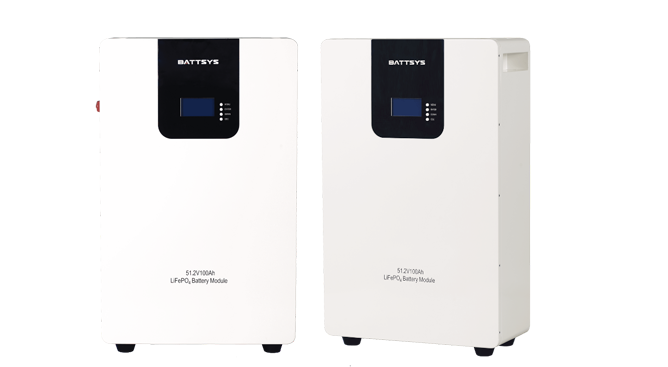
With the advancement of household energy storage battery technology, different types of designs continue to emerge, among which stacked and wall mounted are two common designs for household energy storage batteries.
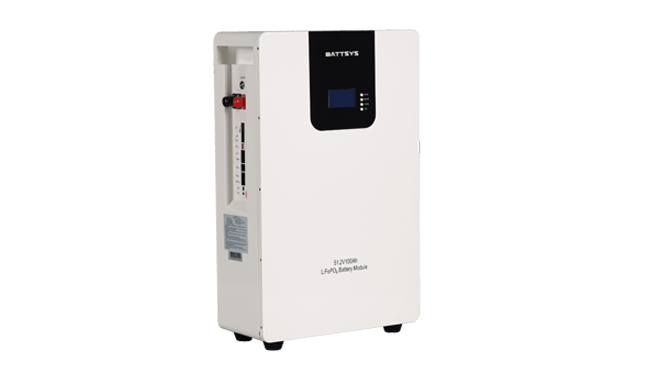
The cost of a household battery energy storage system depends on the size or capacity of the battery, measured in kilowatt hours (kWh), and the brand of solar or hybrid inverter used.
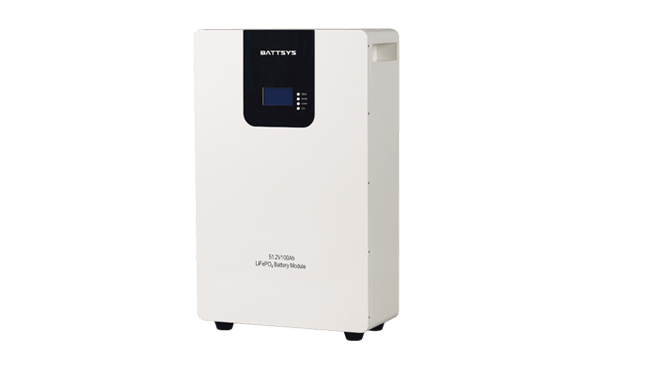
For most households, a solar cell energy storage system on the roof can reduce their electricity bills by up to 60% or more, depending on the energy you consume during the day. Usually,

The home energy storage system is a green, environmentally friendly, efficient, advanced, and safe energy utilization management system The system mainly includes solar panels, battery packs,

Lithium based batteries generally have a lifespan of 2-3 years. This time starts from the moment the battery is produced on the production line. Capacity loss is reflected in the increase of internal resistance caused by oxidation. In the end,
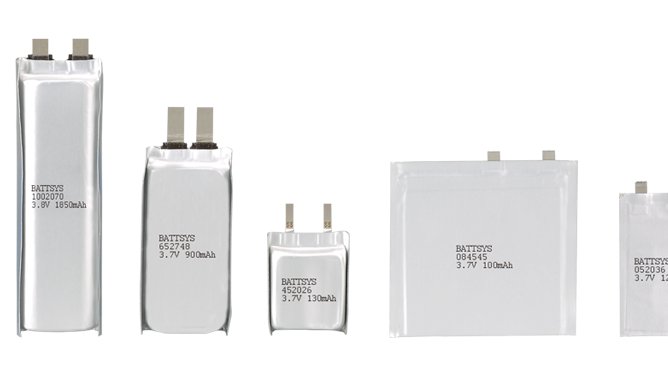
polymers are safer than 18650: under the same flow rate, overpressure, and overcharge conditions, the result is a bulge, one of which is an explosion, and you may think of it. Plus,
E-Mail: inquiry@fentbattery.com
Tel: 0086 20 3901-1403
Address: No.3, Dongli Road, Xili, Dongyong Town, Nansha District, Guangzhou City, China
Copyright@ China lithium ion battery manufacturers & suppliers & producers | Lithium Battery Factory & Company-BATTSYS Sitemap